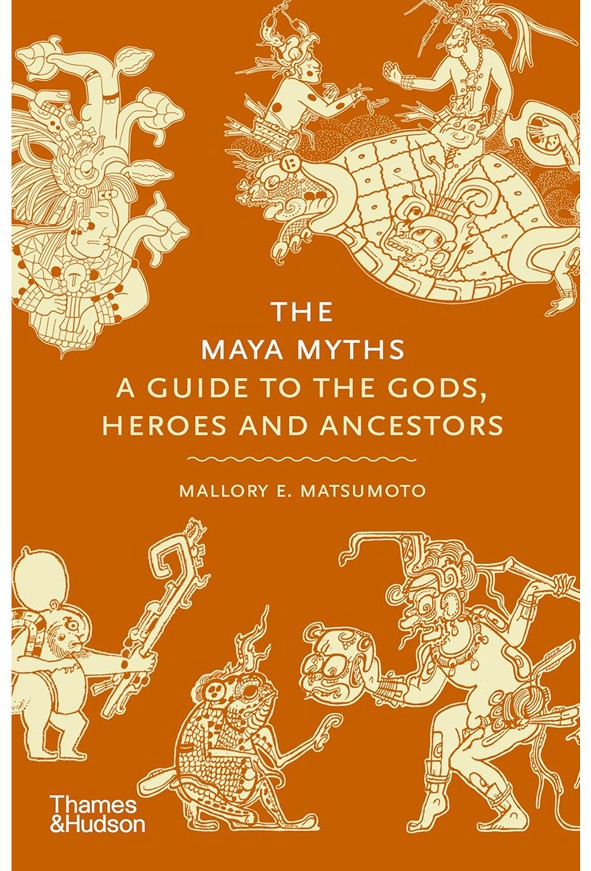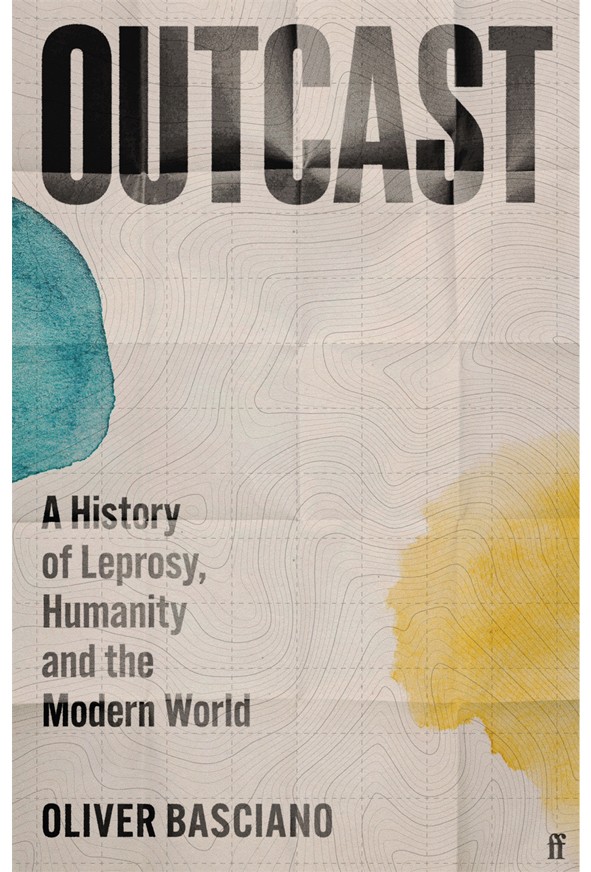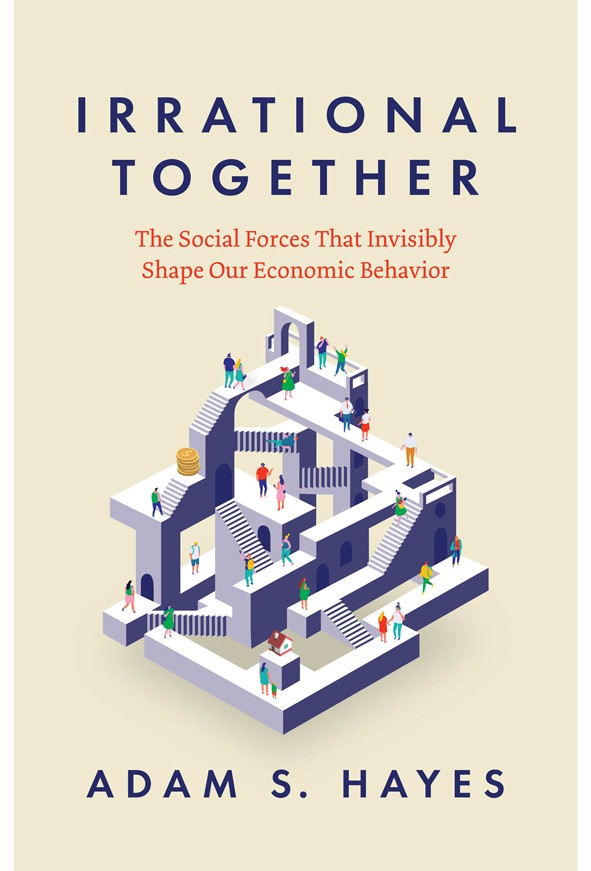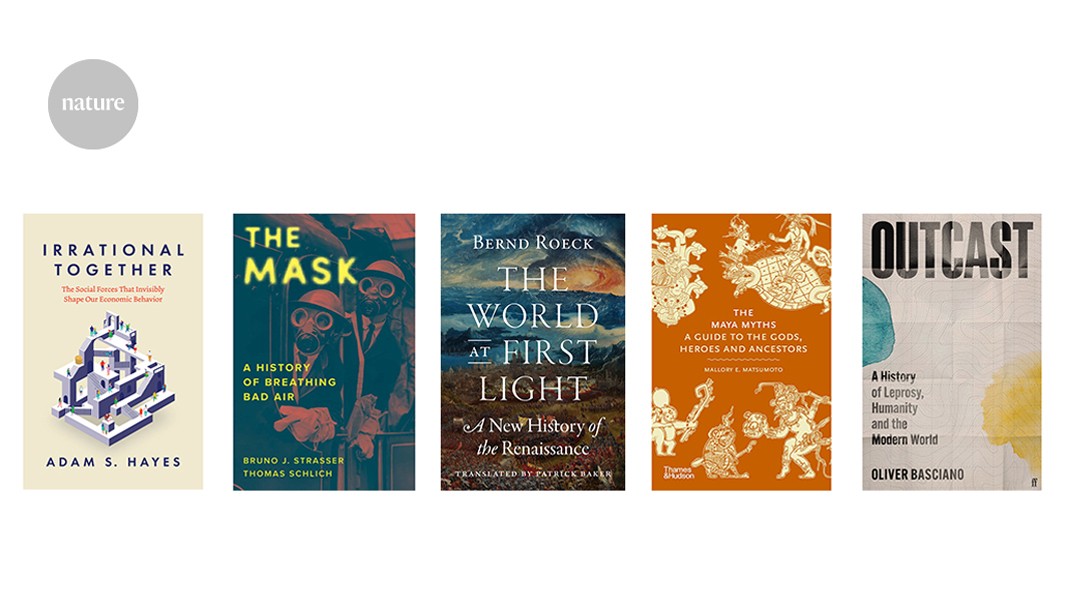
The Mask
Bruno J. Strasser & Thomas Schlich Yale Univ. Press (2025)
“Masks have signified hope and despair, courage and cowardice, a sense of community and a sense of selfishness.” All of these emotions — known to those who experienced the COVID-19 pandemic — underpin this engrossing, finely illustrated account by historians Bruno Strasser and Thomas Schlich (who was previously a physician). Their discussions cover theatrical performances in ancient Greece, plagues and gas attacks in the First World War and present-day urban smog and surgery, while addressing the crucial issue of mask efficacy.

The Maya Myths
Mallory E. Matsumoto Thames & Hudson (2025)
Deciphering Mesoamerica’s ancient Maya hieroglyphs was a fascinating achievement of the twentieth century. But “about one-third” of some 1,000 distinct hieroglyphs “remain to be deciphered”, notes anthropologist Mallory Matsumoto in her intriguing book about ancient Maya myths. The logical structure of the Maya calendar, which could accurately predict astronomical phenomena such as eclipses, is clear, as is the Maya’s preoccupation with the natural world. But their beliefs — which included human sacrifice — are not.

Outcast
Oliver Basciano Faber (2025)
Leprosy has had a complex, confusing history even after its causative bacterium was identified in 1873. In this gripping account, journalist Oliver Basciano quotes a 1960 novel by Graham Greene, A Burnt-Out Case: “What strange ideas people have about leprosy, doctor.” “They learn about it from the Bible, like sex.” Basciano journeys from Brazil to Japan and Mozambique in search of insights. He concludes that today’s grim image of leprosy stems from a nineteenth-century myth created to justify outcasting those affected.

Irrational Together
Adam S. Hayes Univ. Chicago Press (2025)


